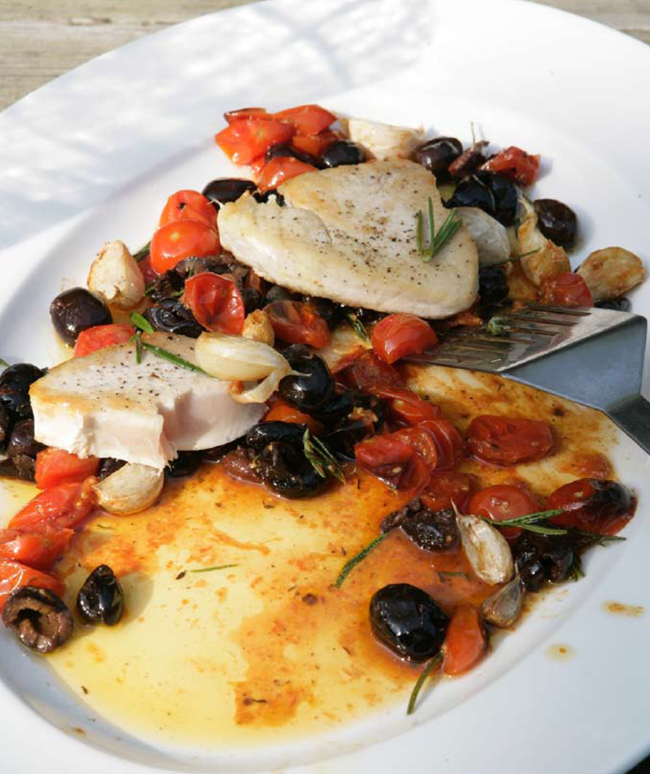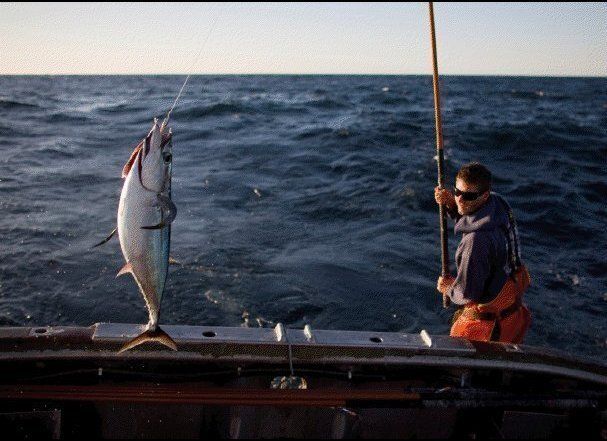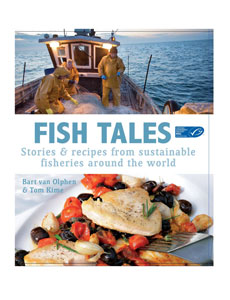Our Oceans
When I started my first fishmonger store eight years ago, I had this romantic idea that fish always have been caught by small-scale wooden boats who landed their fish daily into beautiful small harbors. Of course I knew here and there that some fish were obtained in a more industrial way, but the fact that only a very small percentage is caught in the small-scale way surprised me. Did you know that in the United Kingdom roughly 90% of the fish quota is caught by only 7% of the amount of vessels? In other words, the small-scale fishing boats under 33 feet long catch only 10% of the quota, which is some cases is less than one piece of fish per day (e.g. Hastings fishing boats quota on cod). The huge industrialization of the fish business over the last few decades has had an enormous impact on the ecosystem in our oceans. The worldwide fishing capacity is five times more than the legal amount of fish available. We need to accept that a wild-caught fish has become a rare food product. In today's oceans, 25% of all fish stocks are depleted and around 50% is fully exploited. If we continue eating fish in this way scientists have stated that we will have empty seas by 2040. We need to protect our oceans!
Marine Stewardship Council (MSC)
The Marine Stewardship Council, established by the WWF and Unilever ten years ago, created a standard for sustainably caught wild fish. Today the blue label (slide 4, below) is recognized all over the world and assures you that the labeled fish is caught in a sustainable way:
- The fish comes out a healthy stock; second
- The fishing methods have limited impact on the ecosystem
- Tthe fishery is managed by the firm standards set by the MSC. An independent certifier controls every aspect of the fishery.
What Tuna Should We Eat?
A Fish Tales Recipe (page 135): Albacore Tuna with roasted garlic and cherry tomatoes, rosemary, and black olives

This is a deliciously rustic dish that spells hot summer. Seared tuna is served with a warm dressing made of roasted garlic cloves, cherry tomatoes, crushed black olives, rosemary, olive oil, and balsamic vinegar. The sweet roasted garlic makes a delicious contrast against the sour balsamic, tomatoes, and olives. The black pepper and arugula served with the tuna pieces give the dish a delicate heat.
Tuna with Roasted Garlic and Cherry Tomatoes, Rosemary, and Black Olives
30 cherry tomatoes, halved
12 garlic cloves
olive oil, for cooking
salt and freshly ground black pepper
20 to 30 black olives, pitted
2 sprigs of fresh rosemary
2 tablespoons balsamic vinegar
3 tablespoons extra virgin olive oil
1 fresh albacore tuna steak per person
arugula or mixed salad leaves, to serve
1. Preheat the oven to 350°F.
2. Place the halved tomatoes and garlic in a roasting pan with a little olive oil, salt, and black pepper. Add the olives and rosemary and toss gently to coat everything with the oil. Roast for 25 minutes. When the tomatoes are cooked, remove the pan from the oven and leave to rest for 5 minutes--this will allow the juices to be released to make the sauce; add the balsamic vinegar and extra virgin olive oil to the roasting pan to make a warm vinaigrette.
3. Heat some oil in a heavy-bottomed frying pan over medium to high heat. Season the tuna steaks with salt and black pepper. Do not overload the pan with cold fish, or the temperature will drop and the fish will boil rather than be seared; instead cook the fish in two or three batches. Sear the tuna in the frying pan for 1 minute, gently turn it over, and cook it for another minute for rare; if you prefer medium-rare, allow about another 20 seconds on each side, but no more. When removed from the pan, the fish will continue cooking from the residual heat and the salty, acidic marinade.
4. Remove the seared tuna from the pan and set aside. Scatter some arugula or mixed leaves over a large platter. Spoon half of the tomato mixture over thearugula and then arrange the seared tuna steaks on top. When you are readyto serve, spoon over the remaining tomato mixture with its warm juices. Thetuna is meaty in taste and the tomatoes and garlic are rustic and robustlyflavored, so I would suggest a light red wine such as a chilled Pinot Noir asan accompaniment.
This dish looks great served on a platter in the middle of the table, or if you prefer, you could plate the tuna individually. If you don't have any rosemary, use sprigs of thyme or marjoram--all these herbs work well with the combined flavors of the tomatoes, garlic, and olives.

